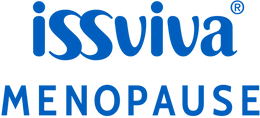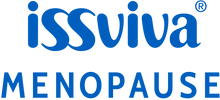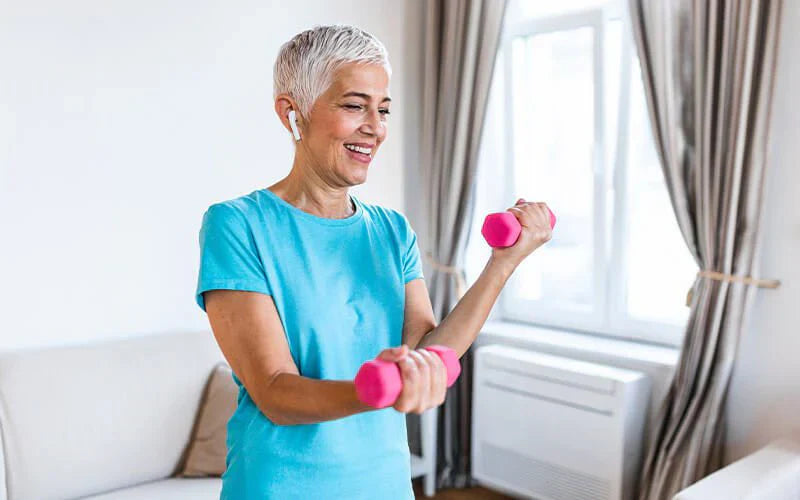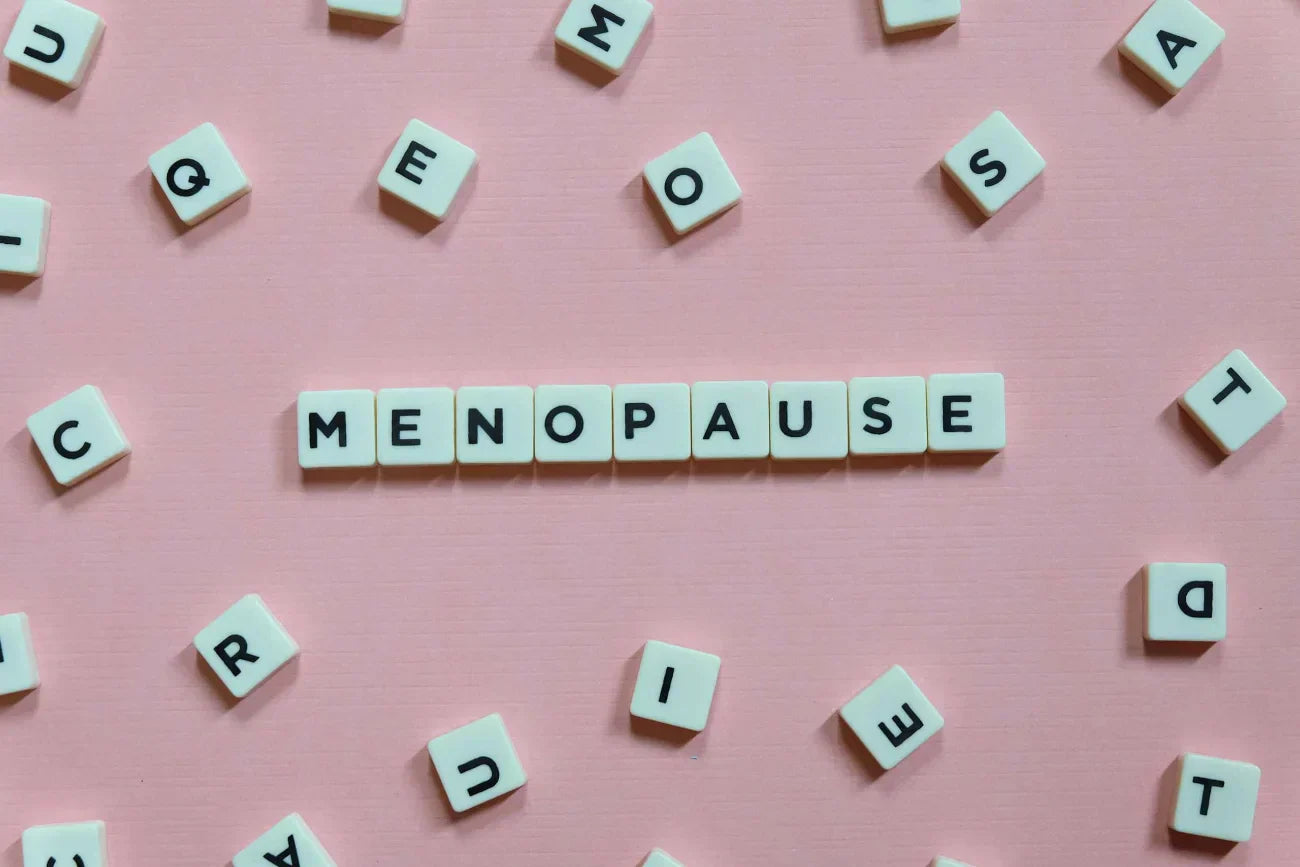When you reach menopause, there is a lot to learn about yourself. Knowing what is muscle mass is part of that process. Loss of muscle mass increases the risk of injury and body fat gain, so taking steps to reduce muscle loss is essential at this stage (1).
What is muscle mass?
It includes three different types of muscle: smooth, cardiac, and skeletal. However, in the everyday context, we use the term to refer to skeletal muscle, which is reflected in your body image. It is crucial for mobility, balance, and strength, and is often considered an indicator of physical health. This is why you often hear that you need to gain muscle (2).
Why is it important to understand what is muscle mass?
Knowledge is power, so understanding the importance of having an adequate amount of muscle is paramount. Being above the recommended average will help you to (2):
- Reduce age-related muscle loss and retain the ability to perform everyday tasks.
- Increase your metabolism, as muscle burns more calories than fat.
- Improve your life expectancy. It is known that people with more muscle mass tend to live longer than those with more fat.
Factors predisposing to its decline
After understanding what is muscle mass, you also learn that muscle mass starts to decrease naturally from the age of 30 onwards. We lose about 3% to 5% every decade. This can reduce your ability to perform everyday activities and increase the risk of injuries and falls. On the other hand, there are other factors that increase the likelihood of muscle loss including (3, 4, 5):
- Hormonal changes related to the menopause.
- Poor diet.
- Genetic predisposition to muscle atrophy.
- Reduced physical activity.
- Immobility due to medical causes such as fractures or paralysis of a limb.
- Obesity
Why does muscle mass decrease in menopause?
During the first two years after the cessation of menstruation, we tend to lose muscle rapidly. This is directly associated with lower sex hormone production as a result of menopause (4).
This is because a lower amount of oestrogen triggers faster muscle breakdown. In contrast, the increase in muscle mass with early use of hormone replacement therapy is remarkable (4).
However, this is not the only cause. A tendency to exercise less at this stage has also been observed, which favours muscle loss and body fat gain. (4).
What is muscle mass: tips for building muscle

There are several steps you can take to increase your muscle percentage. We recommend (1, 2, 4, 6):
- Exercise. NHS guidelines recommend 150 minutes per week of moderate-intensity exercise (such as walking or swimming) or 75 minutes of vigorous intensity (such as running or jumping rope), per week. This can be spread over several sessions throughout the week, with a mixture of both types.
- Eat protein. Protein is involved in muscle building. It is recommended that 10-35% of your daily intake should be from this nutrient. You can get protein from sources such as meat, fish, eggs, nuts and poultry, among others.
- Eat a variety of foods. A plate of colourful ingredients will give you essential nutrients for your muscles, as well as skin vitamins, or even prevent hair loss during menopause.
- Avoid empty calories and processed foods. Prefer organic and home-prepared foods. Now that you've learned what is muscle mass, it's a good time to change your habits and try to eat better.
- Make sure you get adequate sleep, as this also benefits your muscles. You can do this by practising sleep hygiene as a way to take care of your body, now that you understand what is muscle mass.
- Ask your doctor if hormone replacement therapy is right for you.
Never forget what is muscle mass!
Knowing what is muscle mass is definitely essential at this stage of your life. We recommend that you put these tips into practice to prevent muscle loss. If you want to continue learning, take advantage of the information we provide on topics such as tingling in the hands, skin care, hyperpigmentation, spider veins and much more. Don't forget! The decisions you make today will have a big impact on your quality of life in the future.
Bibliographical references
- Thomas E, Gentile A, Nemanja Lakičević, Moro T, Bellafiore M, Paoli A, et al. The effect of resistance training programs on lean body mass in postmenopausal and elderly women: a meta-analysis of observational studies. Aging Clinical and Experimental Research
. 2021 ; 33(11):2941–52. Available from: https://link.springer.com/article/10.1007/s40520-021-01853-8
- Nunez K. How Much Muscle Mass Should I Have, and How Do I Measure It?
. Healthline Media; 2023 . Available from: https://www.healthline.com/health/muscle-mass-percentage#muscle-percentage
- Cleveland Clinic. Muscle Atrophy: Causes, Symptoms & Treatment
. 2022 . Available from: https://my.clevelandclinic.org/health/diseases/22310-muscle-atrophy
- Sipilä S, Törmäkangas T, Sillanpää E, Aukee P, Kujala U, Kovanen V, et al. Muscle and bone mass in middle‐aged women: role of menopausal status and physical activity. Journal of Cachexia, Sarcopenia and Muscle
. 2020 ;11(3):698–709. Available from: https://www.ncbi.nlm.nih.gov/pmc/articles/PMC7296268/
- Clinic C. Sarcopenia (Muscle Loss): Symptoms & Causes
. Cleveland Clinic. 2022 . Available from: https://my.clevelandclinic.org/health/diseases/23167-sarcopenia
- Cambridge University Hospitals. Menopause: A healthy lifestyle guide
. 2021 . Available from: https://www.cuh.nhs.uk/patient-information/menopause-a-healthy-lifestyle-guide/
You May Also Like

JOIN US AND GET 10% OFF
Sign up to our newsletter to access free resources, advice and support.















